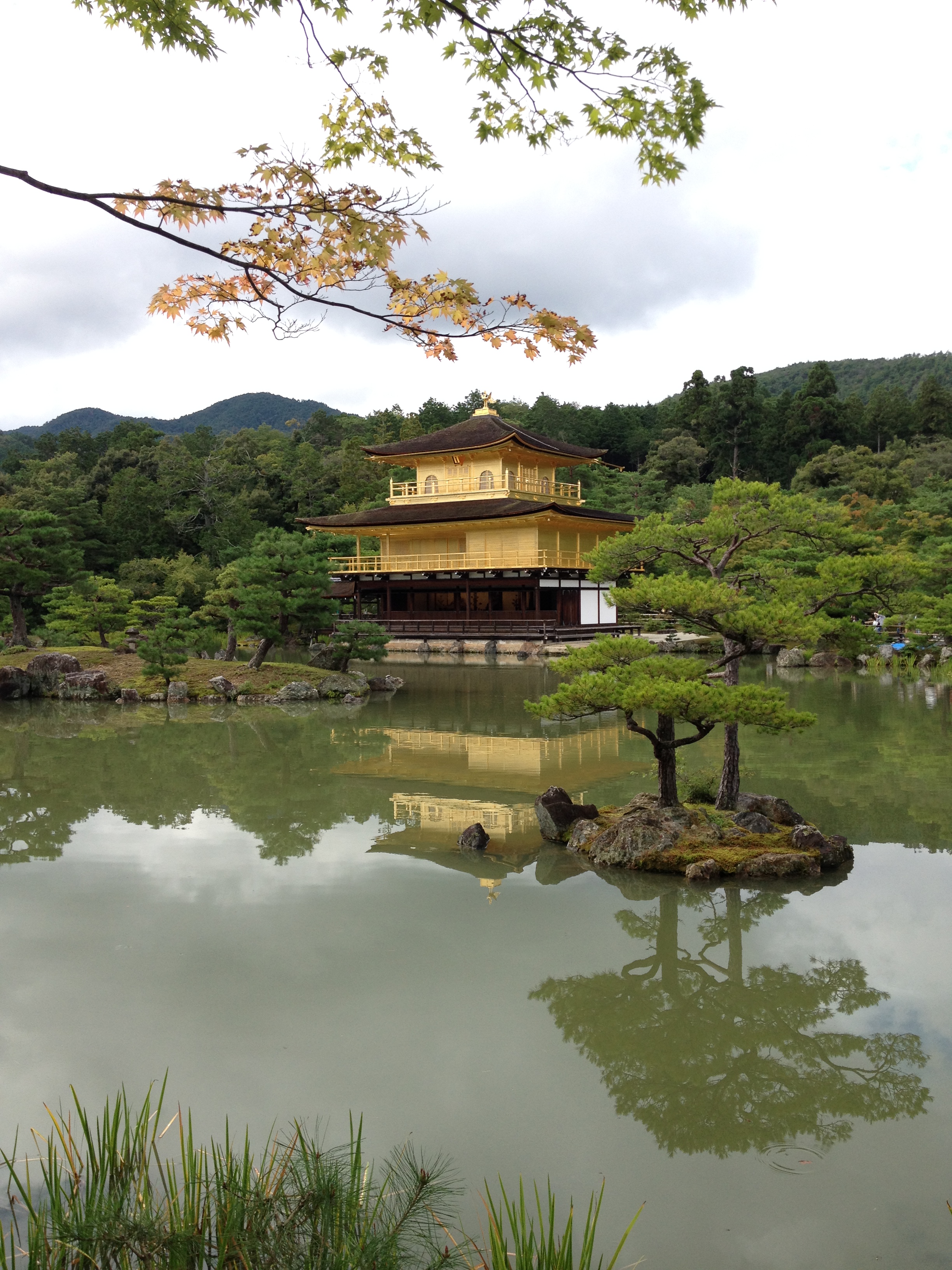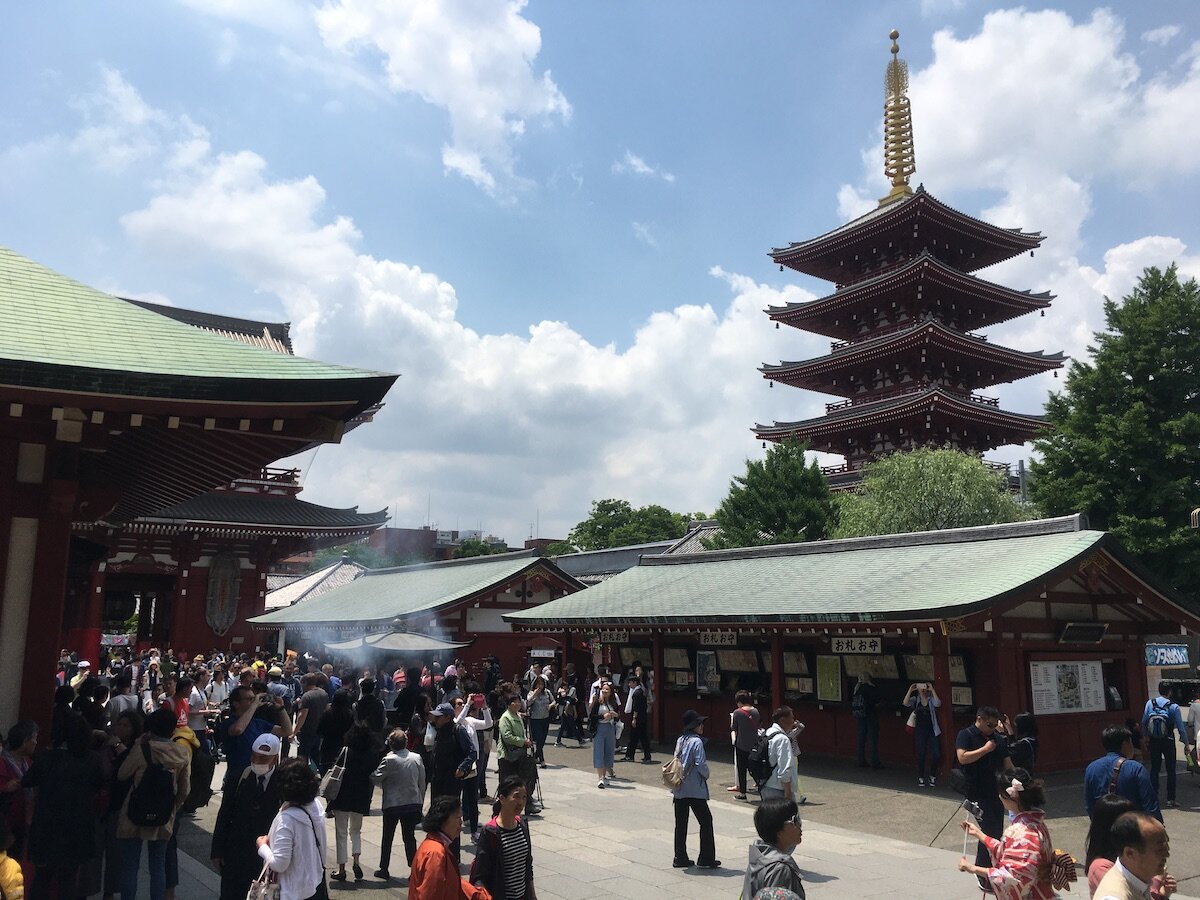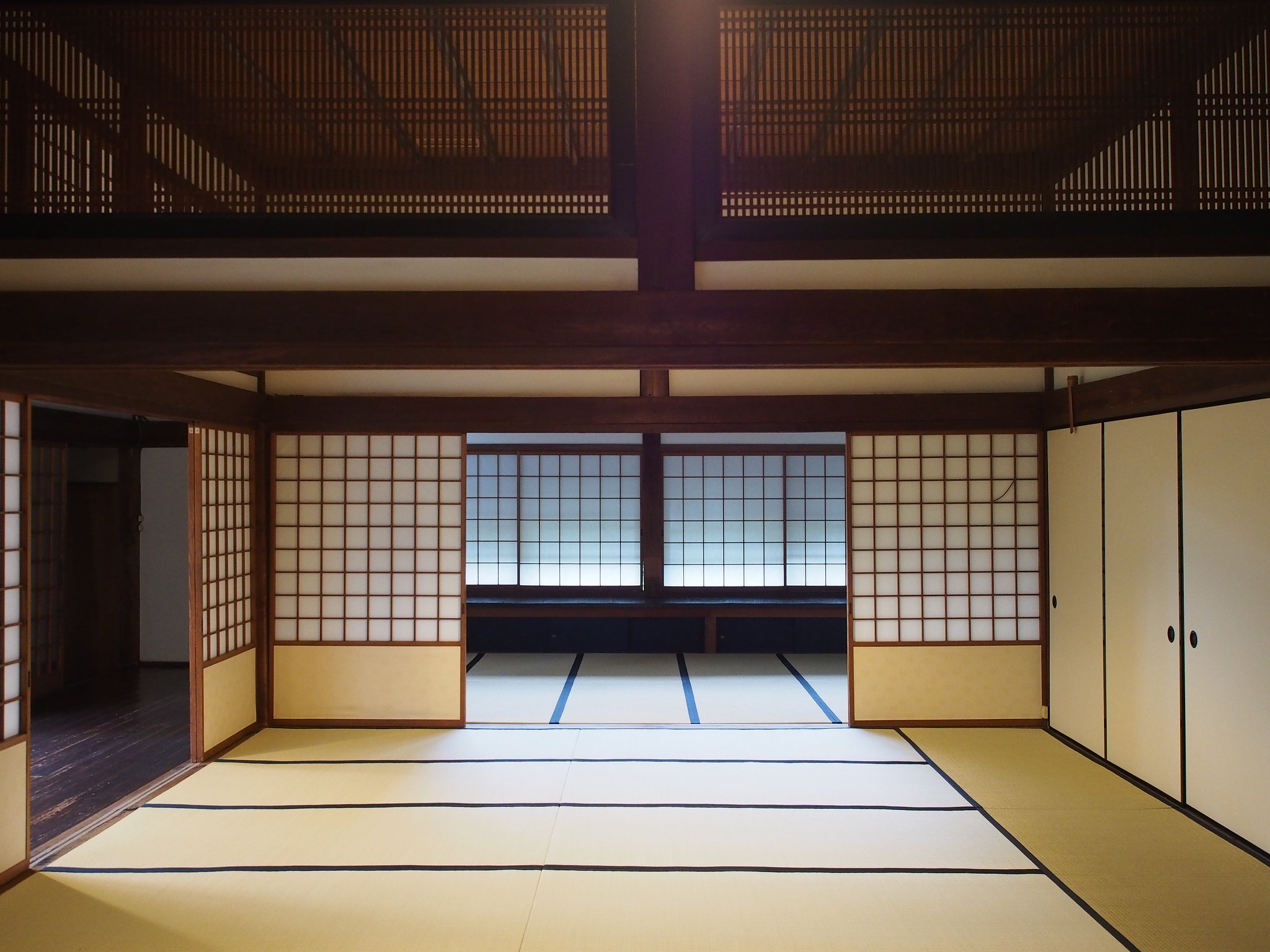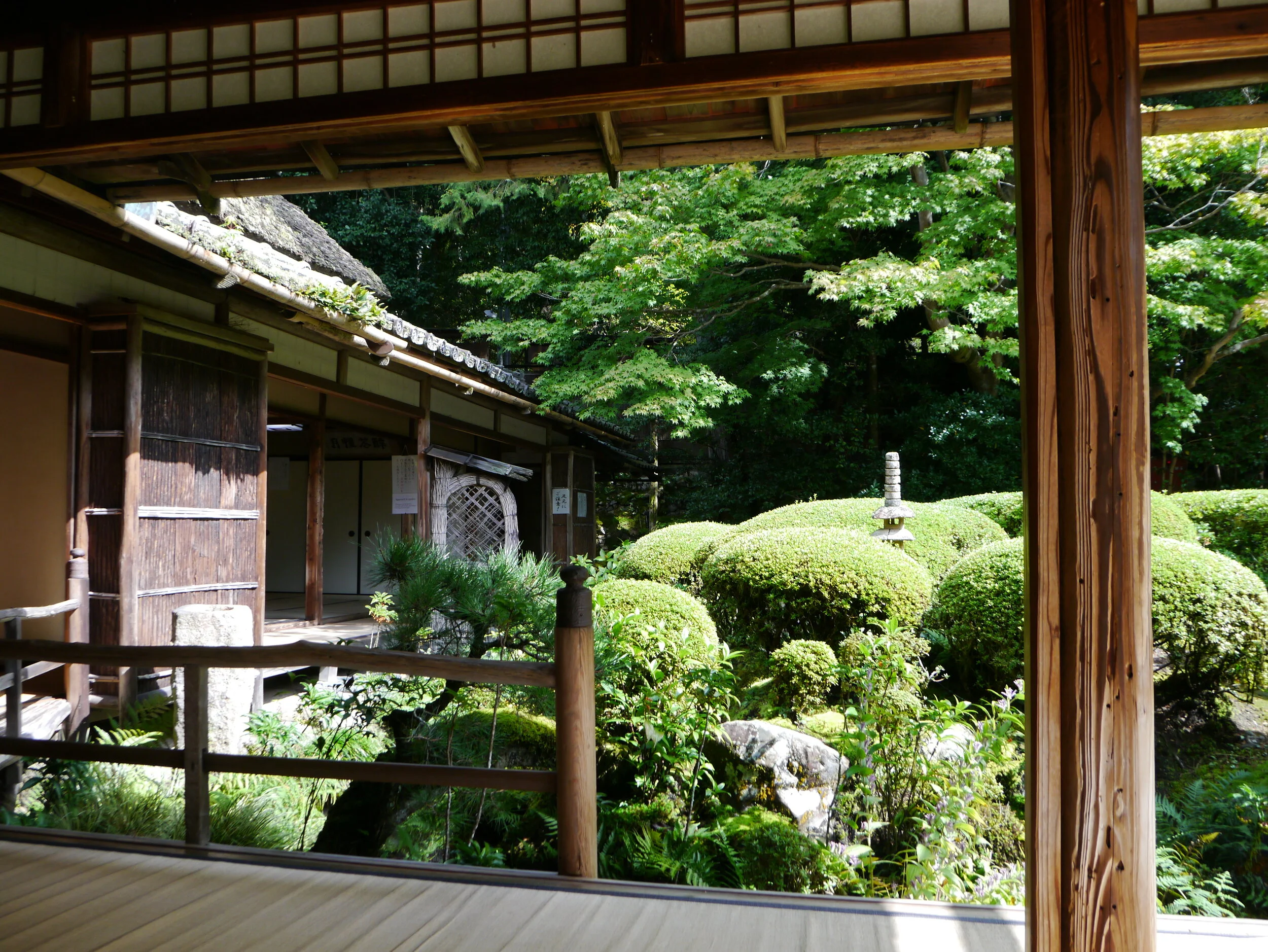The Eight Elements of Japanese Traditional Architecture
JAPANESE TRADITIONAL ARCHITECTURE
The Golden Pavillion (Kinkakuji) in Kyoto ©TOKI
The Edo period (the 17th to mid-19th centuries) greatly shaped Japanese architecture. The structures created during this time still stand proud as inspirations for countless architectural creations globally. What makes Japanese architecture so special is how it encapsulates a profound recognition of the natural world as an offspring of spiritual enlightenment and a reflective mirror - mirroring human emotion. While Japanese architecture was greatly influenced by the Chinese, the differences in their styles are vast. Although known to be simple, dignified, and beautiful with a wooden frame and vertical columns, horizontal beams, and diagonal braces, Traditional Japanese Architecture stands out because of its wooden structures that are elevated slightly off the ground, with tiled or thatched roofs and sliding doors, also known as Fusumas, used in place of walls, allowing the Japanese architecture interior to be customized for different occasions. Japanese traditional architecture can be divided into eight main elements.
WOOD
What makes Japanese architecture homes different is how its dominated by wood. Due to the humidity, the risk of earthquakes, and the possibility of typhoons, wood became preferred over stone or other materials, as it led to proper ventilation to combat the climate and was durable in the face of natural disasters. Although Tokyo's current modern Japanese house landscape is mostly modern and contemporary architecture, and older buildings are scarce, In older Japanese homes, no paint was coated onto the walls of the buildings as a way of showing appreciation. They valued the wood, showing respect by not covering its natural beauty to the eye. Further, many structures, especially temples and shrines, refrain from using nails. Instead, they shape the frames of the building to fit like puzzle pieces, interlocking them together sturdily this way known as tokyō (斗栱). Japanese architecture values sustainability and deep connections to nature. The Japanese’s minimalistic use of materials says much about their mindset.
Traditional architecture in the middle of Tokyo at Sensoji ©TOKI
ROOFS
The curvy, elongated roofs of Japanese traditional architecture are a focal point in most buildings. They are important, not only for their attractiveness but for their role in the structure. Japanese roofs are curved up to allow more sunlight to come in through the windows. It also allows a large surface area to be sheltered from rain & snow. Japanese architecture is made up of four types of roofs: kirizuma (gabled roof), yosemune (hipped roof), irimoya (hip-and-gable roof), and hogyo (square pyramidal roof). The eaves of roofs are designed so widely to protect windows from rain, as summers in Japan bring much of it. Intricate and symbolic kawara (瓦屋根, traditional roof tiles of Japan) commonly adorn eaves, also protecting them from rain. Many Japanese delight in opening their windows for the fresh air and calming pitter-patter of the downpour during the summer, well protected by their roofs.
Tatami mats are framed by shoji and fusuma at a temple in Tokyo ©TOKI
SHoJI AND FUSUMA
Minka or the Japanese-style house that people often think of when they picture traditional Japanese homes, has Shōji (moveable screens) and fusuma (襖, sliding doors). Shōji consists of wooden frames with translucent paper, allowing light to shine through, while fusuma paper is opaque, therefore not allowing light to shine through. In most homes, they are usually solid white, though in shrines or temples, they are often painted on. Despite their similarity, they differ in roles. Both shōji and fusuma are utilized as interior doors and partitions, used to divide and re-divide rooms, though solely shōji are used as windows, exterior walls, and exterior doors, as they allow light and shadows to flicker into homes, adding a cozy feel. Both became well known in the West, becoming one of the first aspects of Japanese architecture characteristics to venture over.
TATAMI
Tatami (畳, mat used as flooring in traditional Japanese-style rooms) is a common staple of Japanese homes to this day. Traditionally made of rice straw and soft rush with cloth edges, the standard size of tatami is a 2:1 ratio. Floors in traditional Japanese homes were often covered completely in tatami, though now it is more common to find at least one tatami room in a home. Many note the soft and pleasant scent that accompanies them. One is expected to take their shoes off before walking on these traditional mat floorings.
The view of the engawa from the outside of one of the tea houses in the Hamarikyu gardens in Tokyo ©TOKI
ENGAWA
Engawa (縁側, Japanese veranda, literally means ‘edge side’) is non-tatami-matted flooring that resembles porches. Usually made of wood or bamboo, their role is to bring together the inside of the house with the outside. As engawa is a part of a home, shoes are not worn on it. Instead, shoes may be placed on the traditional stone step beside it. During the summer, many delight in sitting on engawa, relaxing and enjoying the nature that surrounds them, or conversing with family and friends as they bask in the sun.
GENKAN
Genkan (玄関, traditional Japanese entryway areas) are usually located inside a home, immediately in front of the door. Genkan serves as the area where shoes are placed before walking inside the main part of the house. They are sunken lower than the floor in the rest of a building, to keep dirt out, much like a mud room. Though found in practically every Japanese home, they can also be found in hotels, schools, companies, and other buildings.
Visitors to Meiji Shrine’s worship hall in Tokyo are greeted by the giant camphor trees, which are estimated to be over 100 years old ©TOKI
RELATIONSHIP WITH NATURE
In Japanese culture, all life has meaning and value, which is illustrated in their respect for nature. They strive to work in harmony with their natural surroundings, as opposed to tame it. Homes and buildings are seen as one with nature, all a part of the environment. There is no push or pull, just a flow of mutual understanding between the man-made and natural. In recent years, as contemporary architects and designers push towards a new generation of circular and sustainable design, Famous Japanese traditional architecture has become a crucial point of inspiration and wisdom.
SOME FAMOUS JAPANESE ARCHITECTURE
Dive into the rich tapestry of Japan's architectural wonders as we unveil the most renowned Japanese architectural examples that have etched their mark on the nation's landscape. From ancient cultural gems to contemporary marvels, these are some of the most famous architecture in Japan for your next trip
1. Tokyo Tower.
2. Tokyo Skytree.
3. Tokyo Central Railway Station
4. Kyoto Station Building.
5. Kuchu Teien Observatory.
6. Ninna-ji Temple.
7. Yokohama Red Brick Warehouse.
8. Imperial Palace.
9. Hakata Station
10. Kanazawa Station
Architecture Experiences with TOKI
FASHION & ARCHITECTURE GUIDED TOUR IN TOKYO
Explore the architectural grandeur of various fashion stores and see how traditional Japanese architecture and design values intertwines seamlessly with the world’s top fashion brands.
COMPREHENSIVE ARCHITECTURE TOUR IN TOKYO
Guided by architecture professional, learn and witness the 400-year history of Tokyo through the surviving traditional and the innovative contemporary works of architecture.
Related Articles









